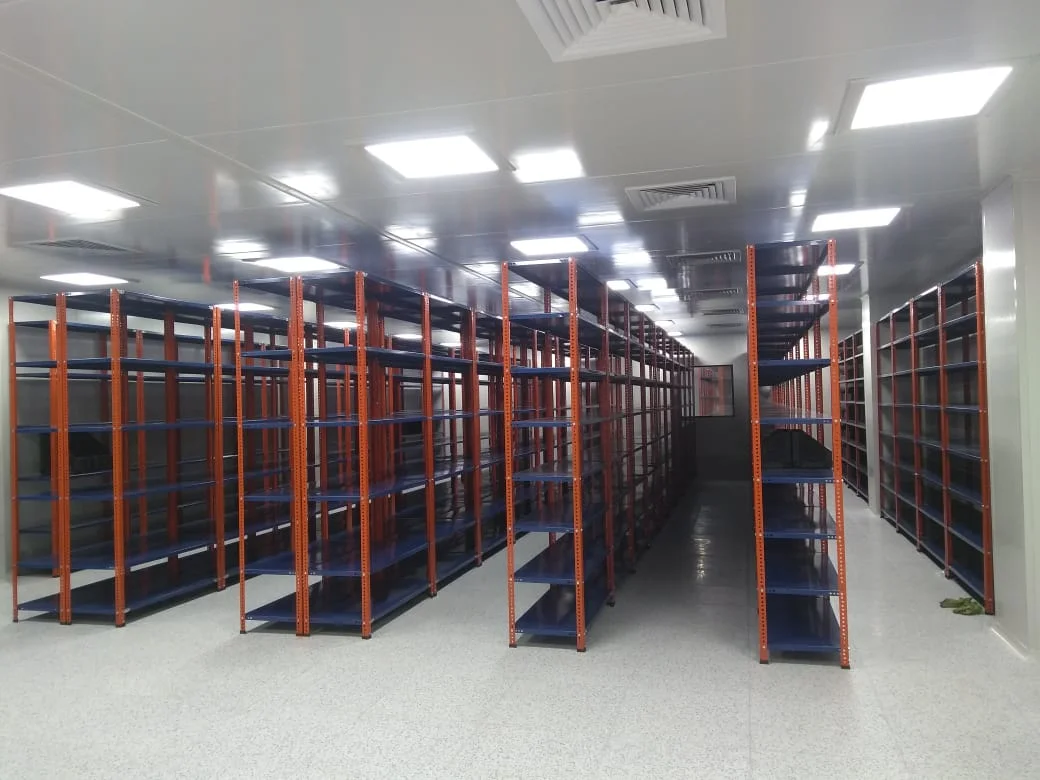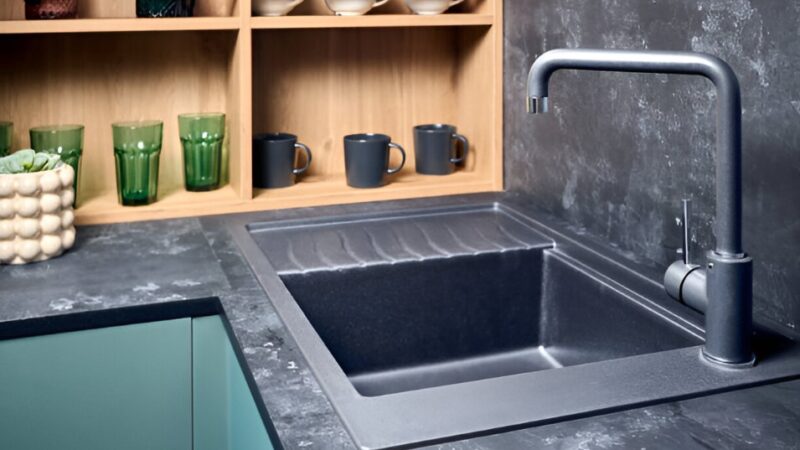Load Capacity and Beam Levels of Slotted Angle Racks

In the realm of efficient storage solutions, slotted angle racks stand out as versatile and cost-effective options. Whether utilized in warehouses, retail spaces, or even home garages, these racks offer a customizable solution for organizing and storing various items. However, to make the most of Slotted Angle Racks, it’s crucial to understand their load capacity and beam levels. This knowledge ensures optimal utilization while maintaining safety standards. In this article, we delve into the intricacies of load capacity and beam levels of slotted angle racks, offering insights into maximizing efficiency and safety.
Understanding Slotted Angle Racks
Slotted angle racks are modular storage systems comprised of steel angles and accessories, allowing for easy assembly and customization. These racks consist of vertical uprights and horizontal beams with slots at regular intervals, enabling users to adjust shelf heights according to their requirements. Such adaptability makes slotted angle racks suitable for a wide range of applications, from light-duty storage to heavy-duty industrial use.
- Load Capacity:
Load capacity refers to the maximum weight a rack can safely hold without compromising its structural integrity. When determining load capacity, several factors come into play, including the material strength of the rack components, the configuration of the rack, and the distribution of weight across the shelves.
- Material Strength:
The material strength of slotted angle racks primarily depends on the type and gauge of steel used in their construction. Generally, thicker gauge steel offers higher load-bearing capacity. It’s essential to verify the specifications provided by the Heavy Duty Slotted Angle Rack Manufacturer to ensure the rack meets the desired load requirements.
- Configuration and Design:
The design and configuration of the rack significantly influence its load capacity. Racks with additional support structures, such as cross-bracing or diagonal braces, tend to have higher load capacities compared to basic configurations. Moreover, evenly distributing weight across the shelves prevents overloading and ensures stability.
- Weight Distribution:
Proper weight distribution plays a crucial role in maximizing load capacity and maintaining balance. Placing heavier items on lower shelves and lighter items on higher shelves helps distribute the load evenly and minimizes the risk of tipping or collapse. Additionally, avoiding concentrated loads at specific points on the rack enhances its overall stability.
- Beam Levels:
Beam levels refer to the horizontal shelves or levels within the slotted angle rack where items are stored. The number of beam levels directly impacts the storage capacity and organization of the rack. Understanding how to optimize beam levels can enhance efficiency and accessibility.
- Determining Beam Levels:
The number of beam levels required depends on the height of the items to be stored and the spacing needed between shelves. For larger items or palletized Slotted Angle Storage Racks in Delhi, fewer beam levels with increased vertical spacing may be suitable. Conversely, for smaller items or retail displays, more beam levels with narrower spacing facilitate better organization and accessibility.
- Optimizing Space:
Maximizing vertical space by adjusting beam levels efficiently can significantly increase storage capacity. However, it’s essential to strike a balance between maximizing space and ensuring ease of access to stored items. Adequate clearance between shelves allows for smooth loading and retrieval while preventing overcrowding and potential safety hazards.
- Safety Considerations:
While maximizing load capacity and optimizing beam levels are essential for efficient storage, ensuring safety remains paramount. Adhering to safety guidelines and standards minimizes the risk of accidents and ensures the longevity of the slotted angle racks.
- Regular Inspections:
Periodic inspections of slotted angle racks help identify any signs of damage, wear, or overloading. Bent or distorted components rust, or loose connections indicate potential safety hazards and should be addressed promptly. Additionally, educating personnel on proper loading techniques and weight limits enhances safety awareness and prevents accidents.
Conclusion
Slotted Angle Racks Manufacturers offer a versatile and cost-effective solution for storage needs across various industries and applications. Understanding load capacity and beam levels is crucial for maximizing efficiency, optimizing space, and ensuring safety. By considering factors such as material strength, configuration, weight distribution, and safety guidelines, users can harness the full potential of slotted angle racks while maintaining a safe and organized storage environment.






